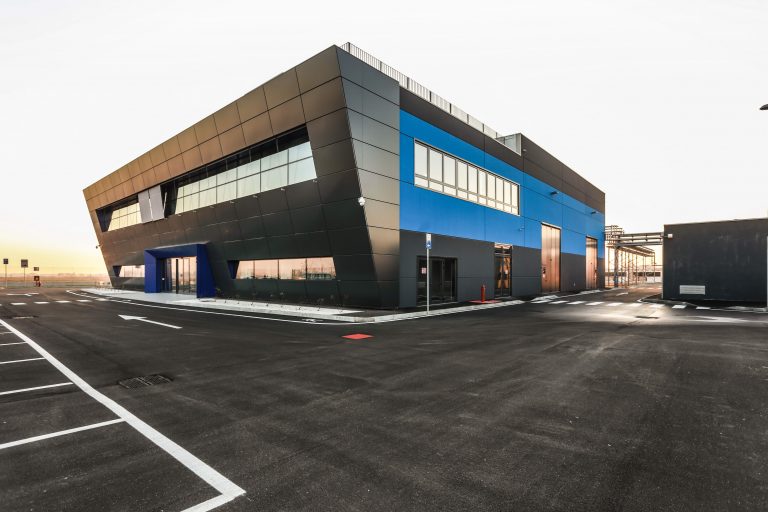
GE is deep into 3D metal printing, as readers know, but now we can get a glimpse of what’s going on inside their workshops.
The company published a long piece describing their work at a plant in Cameri, Italy, where they have successfully developed a method of 3D printing complex turbine blades for aircraft engines.
3D printing technology is extremely attractive for this type of application for two important reasons: first, the 3D printing approach allows for very complex geometry to be easily produced. Sleek turbine blades and other geometries are tricky – but possible – to build using conventional manufacturing approaches. The new technology allows them to be made, at least theoretically, faster and cheaper.
Secondly there is the material being used in making the parts. Aircraft components place a premium on low weight over the price of the part itself, as fewer grams mean savings eternally when operating the aircraft. Some new materials, including the titanium aluminide mentioned by GE, can produce strong and lightweight components.
The problem is that turbine blades must exist in a rather uncomfortable real-life environment. They must withstand significant heat, cold and, as GE puts it, “titanic forces”. They must also spin 42 times per second, placing enormous stresses on the blades.
Thus you cannot simply “print something” and hope it will work. Any flight-critical aircraft parts must be certified for operation.
And that’s where things get very tricky for 3D printing. If you 3D print metal the resulting part’s strength and other characteristics largely depends on the manner in which the material is crystallized. That is controlled by altering the printing parameters of power, speed, material size and type, cooling and post processing.
The process of finding just the right combination of these parameters is a matter of exploration, and is commonly done by 3D metal printing workshops.
It turns out, of course, that GE managed to find the right set of parameters and is actually producing titanium aluminide turbine blades using this new approach.
The moral of the story here is that production parts are utterly different from prototypes. They must be able to handle ALL of the conditions they will experience in application use, and that requires much more work than simply “printing the part”.
Via GE

